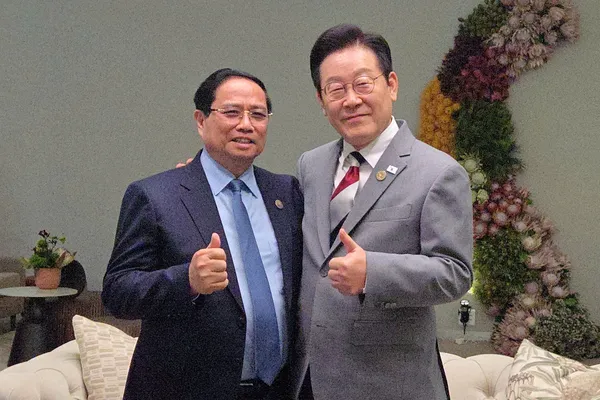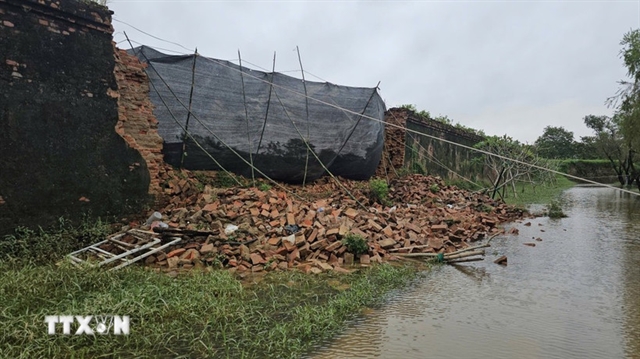 Society
Society

Đồng Sỹ Nguyên finally realised Gen Giáp’s strategic vision to modernise and consolidate the trail to transport matériel and personnel from the north to the southern battlefield that played a critical role in the Democratic Republic of Việt Nam’s victory against the southern puppet government supported by the US in the ultimate victory in the Spring of 1975.
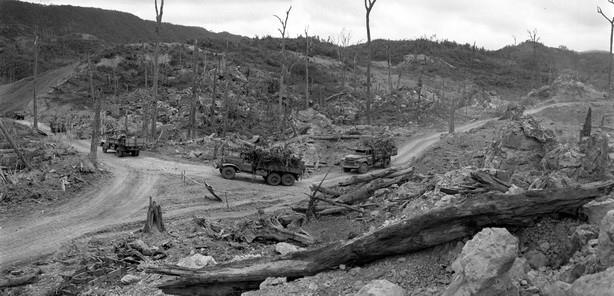
|
| Việt Nam's vehicles running on the Hồ Chí Minh trail, carrying materiels and men from the north to the southern battlefields. — VNA/VNS Photo Hứa Kiểm |
HÀ NỘI — The Hồ Chí Minh Trail was a symbol of the unyielding resilience and the commitment of the Vietnamese people to liberate the south and unify the country.
The conception of the complex network of supply lines was attributed to the late legendary General Võ Nguyên Giáp, former Commander-in-Chief of the Vietnamese People’s Army, a military strategist renowned worldwide for his prominent role in Việt Nam’s triumphs against two military superpowers, the French and the Americans.
The decision to open the trail along with the establishment of Group 559, the logistical and transportation unit in the rugged and densely forested terrains of the Trường Sơn (Annamite) mountain range, was passed by the Politburo in 1959.
However, it was Lieutenant General Đồng Sỹ Nguyên who finally fulfilled General Giáp’s strategic vision to modernise and consolidate the trail to transport materials and personnel from the north to the southern battlefield, which played a critical role in the Democratic Republic of Việt Nam’s victory against the southern puppet government supported by the US in the ultimate victory in the Spring of 1975.
In 1967, Senior Colonel Đồng Sỹ Nguyên, who was serving as a logistics official in Military Region 4 (charged with defending the central region), was appointed to serve as commander of Group 559, a position he held until the conclusive end of the Việt Nam War in 1975.
It was a time when the Vietnamese forces were in a quagmire, and its attempts to move resources and men along the mountainous route were severely foiled by escalated US bombing – the solitary road it employed was ruined at a faster rate than the Vietnamese engineers could repair and military vehicles got shot down more frequently for replacements to arrive in time.
The first thing Nguyên did after assuming the position was to conduct a thorough survey of the terrain in a bid to come up with a new strategy that could break through the stalemate, Major General Võ Sở said.
Sở characterised Nguyên’s tactics as a more aggressive, proactive stance which involved organising assaults on the enemy’s forces to “open up pathways for us to march forward,” and to new routes for the Vietnamese soldiers in the face of heavy bombardments by the enemy’s superior air force.
Nguyên saw Trường Sơn not only as a logistical route but a serious battlefield and asked for engagement from all forces, especially artillery, transport and sapper units. Aside from being in charge of protecting the transport vehicles passing through their area, the military engaged in a well-organised and co-ordinated attacks.
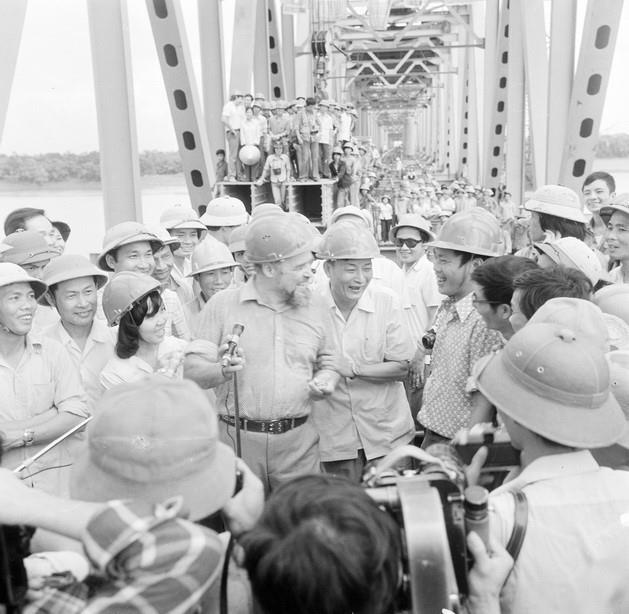
|
| Đồng Sỹ Nguyên, who was then minister of transport, hugged a Soviet expert who have built the Thăng Long Bridge spanning the Red River in Hà Nội in the final day of construction in 1983 October. — VNA/VNS Photo Trần Sơn |
What Nguyên proposed was eventually approved, and breathed new life into the army, as apposed to the previous passive, secretive operations that laid heavy emphasis on avoiding detection and transportation was barely protected by armed forces.
In March of 1967, the Vietnamese military on Trường Sơn organised their first preemptive multi-unit attack to uproot the enemy’s stronghold on the Cốc Mạc Pass and allow 200 vehicles to pass through the area safely.
The battle was a victory and the triumphant spirit quickly reverberated along the Hồ Chí Minh Trail, inspiring several other victories including the Đồng Lộc Junction in Hà Tĩnh Province. From 1967 through 1975, the Vietnamese military waged a total of 100,000 battles, shooting down 2,300 aircraft and allowing the safe passage of hundreds of thousands of vehicles.
In May 1973, Nguyên returned to Hà Nội to report to the central military authorities on his plan to build up on the Trường Sơn, the 1,200km-long and 7m-wide North-South Hồ Chí Minh Trail to the eastern side of the Trường Sơn Range.
With the involvement of 47,000 people, 10,000 of whom were volunteers, the trail could accommodate vehicles both in the dry and rainy season.
Major Lieutenant Nguyễn Bá Tòng said Nguyên’s decision to shift from crude and small-scale transportation to a more mechanised approach was a “brilliant move”.
By the end of 1960, only 23,000 tonnes of ammunition and weaponry had been transported successfully to the southern battlefield, but shortly after Nguyên’s strategy was implemented, in early 1968, the figure shot up to 63,000 tonnes.
By January 1974, the trail facilitated the transport of 8,000 tonnes of materials to the south, not to mention the dozens of thousands of military men, mostly during the time Nguyên served as commander, much to the chagrin of the US army who could clearly observe the heavy loads of goods and men moving but couldn’t do much about it despite the four million bombs they dropped on the area.
“Every drop of petrol, every grain of rice transported to the (southern) battlefield was soaked in the sweat, tears and blood of so many people,” Commander of the Trường Sơn armed forces Đỗ Sỹ Nguyên.
Another remarkable feat that Nguyên achieved as commander was successfully realising the Vietnamese Communist Party’s strategy to invoke the Indochinese alliance in its fight against the US.
Nguyên stressed the importance of consolidating the unity between Trường Sơn's forces and the Lao and Cambodian people. Despite the wartime hardships, Trường Sơn's forces frequently participated in hunger relief efforts or co-ordinated with the liberating armies of Cambodia and Laos to extend their areas of influence.
Lao and Cambodian people on the Annamites voluntarily relocated and contributed whatever they could to help the Vietnamese army expand its scope on the Hồ Chí Minh Trail throughout the duration of the war.
By the end of the war, the 16,000km Hồ Chí Minh Trail ran through a total of 20 provinces of the three Indochina countries, with six main routes on the western and eastern slopes of the Annamites and 25 routes running atop the range along with a network of paths leading to various battlefields in the south or in Cambodia and Laos.
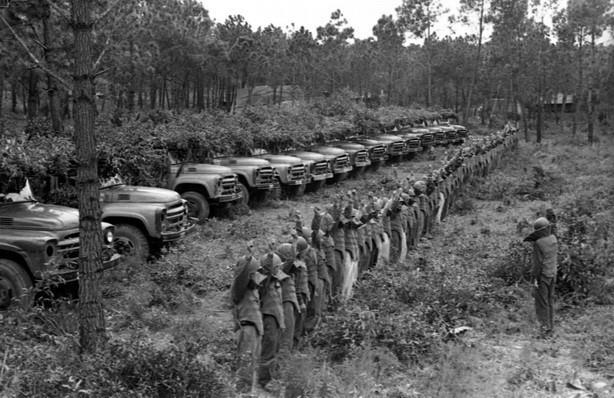
|
| A swearing ceremony of a unit of the Vietnamese People's Army at the A.T.P junction, Hồ Chí Minh trail, on the Trường Sơn mountain range. — VNA/VNS Photo Hứa Kiểm |
In 1974, Nguyên was promoted from Senior Colonel to Lieutenant General for his contributions to the eventual victory of the Việt Nam’s People’s Army in the spring of 1975, and to this day, remains one of the only two to have ever received the honour.
Đồng Sỹ Nguyên was not just a wartime general, he also made a name for himself with a significant contributions to the nation-building and development of Việt Nam in peacetime.
During his stints as construction minister and deputy chair of the Council of Ministers (the former Government body of Việt Nam during 1980-2001), Nguyên’s only wish was to transform the war-ravaged Hồ Chí Minh Trail into a strategic logistic route that aided the country’s socio-economic development that started at the northernmost point of the country in Cao Bằng Province and ended at the southernmost province of Cà Mau.
When the Hồ Chí Minh Highway project was approved in 2001, despite being over 80 years old, Nguyên was more than willing to take on the special envoy role to boost the progress of the project. — VNS



